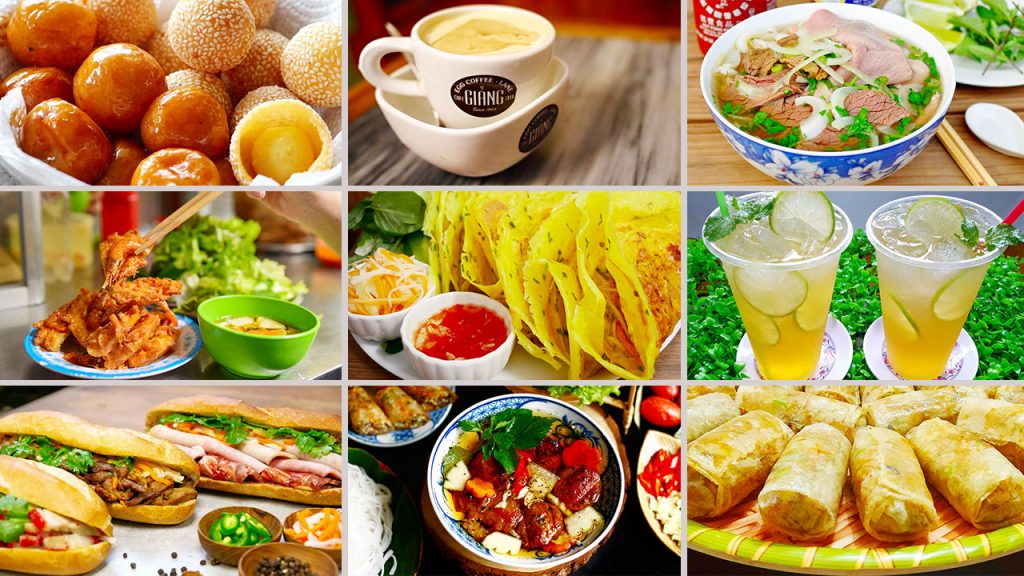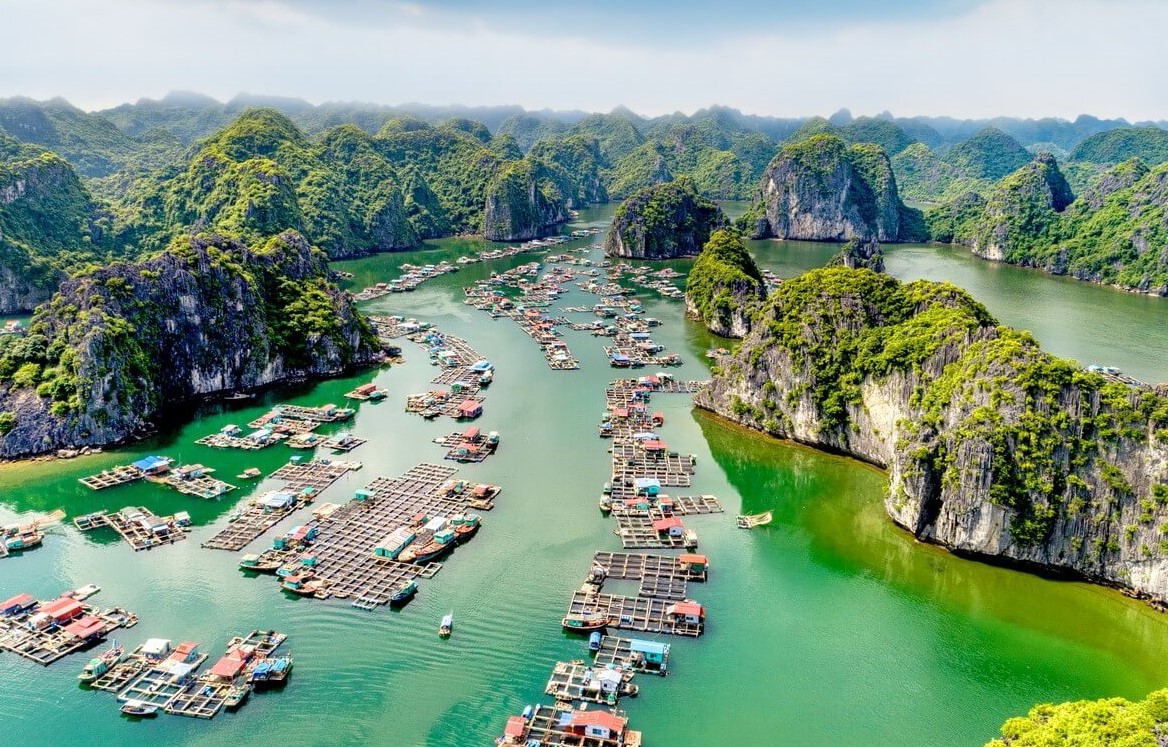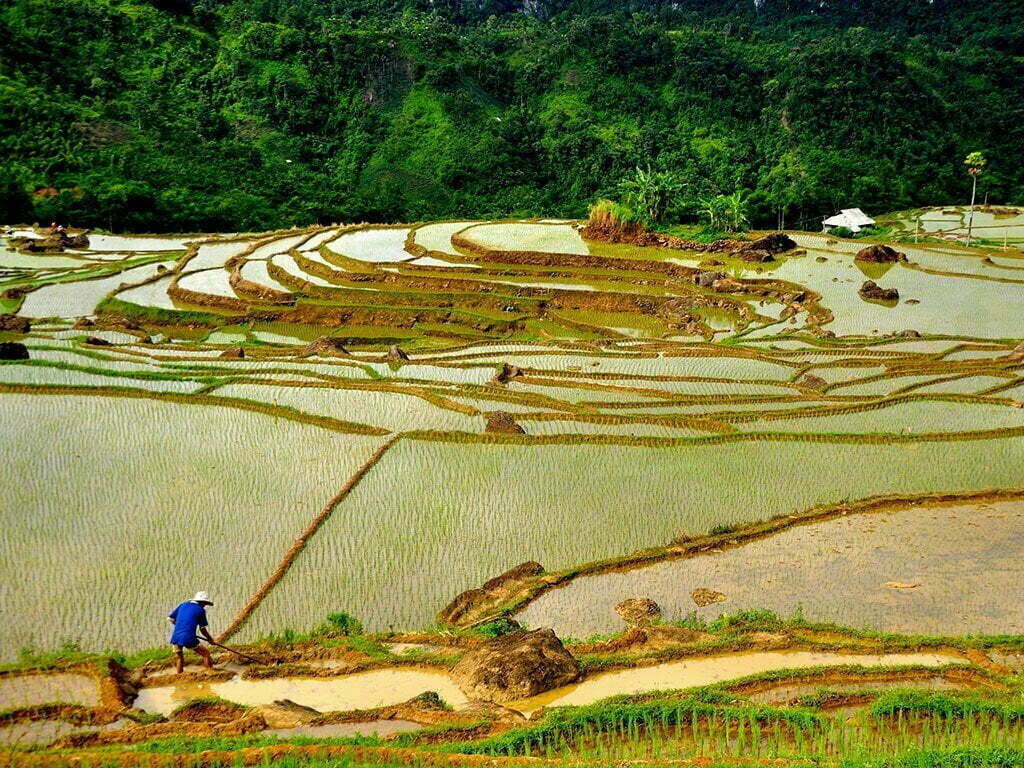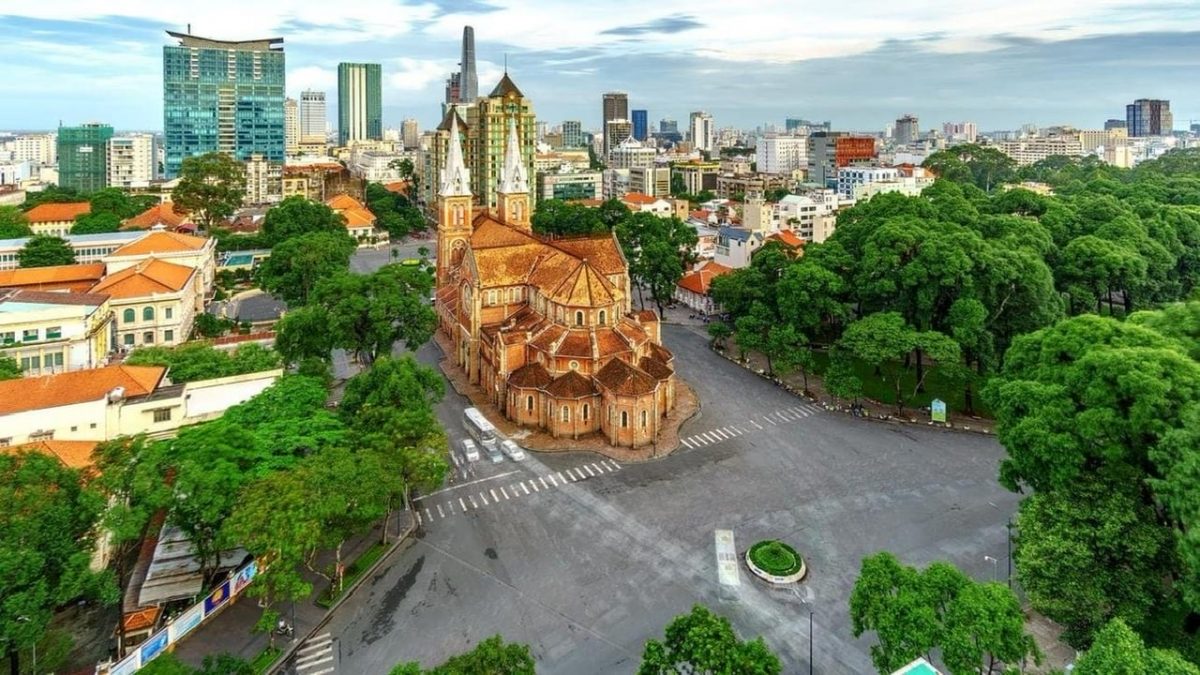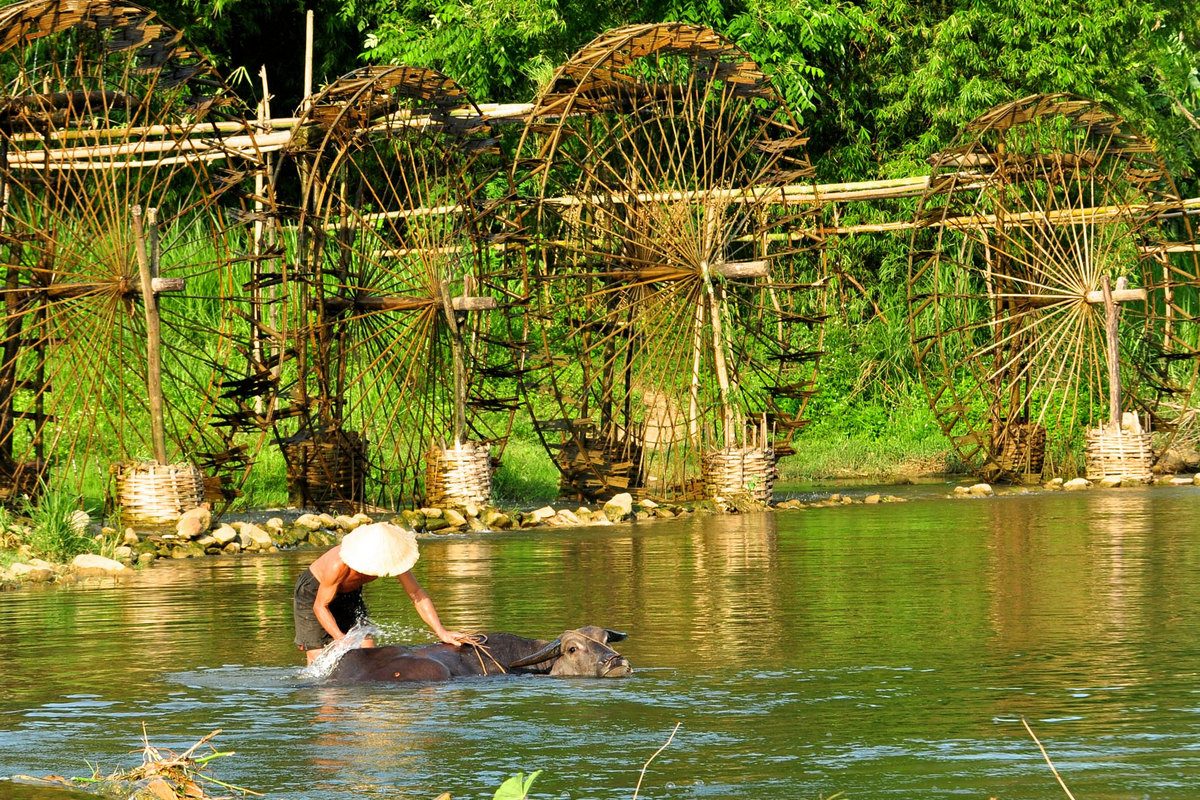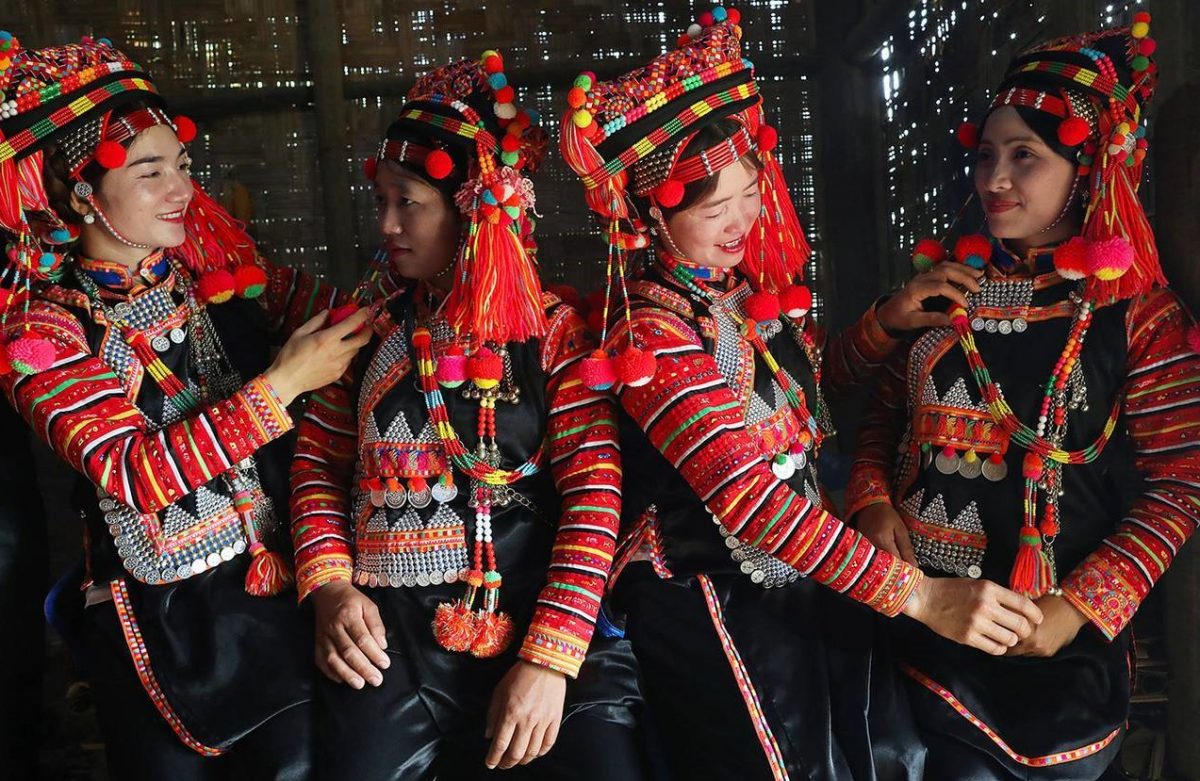15 Best things to do in Hanoi
06/05/2024Hanoi, located on the banks of the Red River, is one of the world’s most ancient capitals. Founded over 1000 years ago, Vietnam’s capital city is rich in history, with the streets of its rambling Old Quarter dating back to the 14th century. Wandering these tree-lined lanes past crumbling colonial facades will transport you back in time. However, today’s Hanoi is about much more than the past. The ancient city is being invigorated with modern cafes, world-class restaurants, and cool art galleries. Great place to explore and go sightseeing on foot, this French-colonial city is also known for its delectable cuisine, vibrant nightlife, and production of rare silks and exotic handicrafts.
When the sun goes down, you have your pick of watering holes, from sophisticated rooftop bars to buzzing bia hơi. If you’re traveling to Hanoi for the first time, these are experiences you must try at least once in your life. From ancient temples to buzzing markets, Hanoi’s got it all. It’s basically the cultural heartbeat of Vietnam.
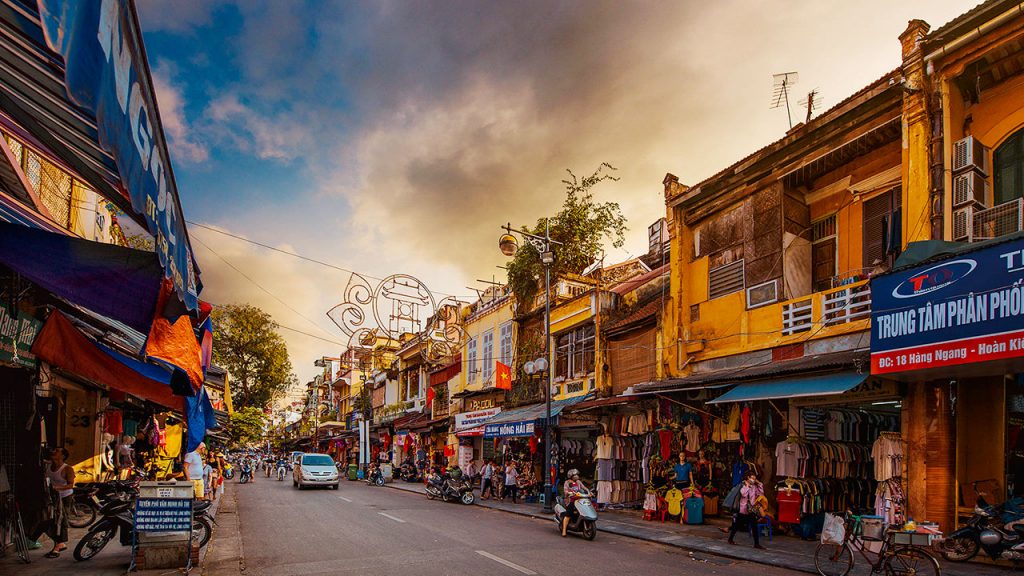 15 Best things to do in Hanoi
15 Best things to do in Hanoi
1. Ho Chi Minh Mausoleum (Vietnamese: Lăng Chủ tịch Hồ Chí Minh)
The President Ho Chi Minh Mausoleum is a mausoleum which serves as the resting place of Vietnamese revolutionary leader and President Ho Chi Minh in Hanoi, Vietnam. It is a large building located in the center of Ba Dinh Square, where Ho, Chairman of the Workers’ Party of Vietnam from 1951 until his death in 1969, read the Declaration of Independence on 2 September 1945, establishing the Democratic Republic of Vietnam.
This commanding construction was built from 1973 to 1975 to house the embalmed body of Vietnam’s greatest political leader, Hồ Chí Minh. It is open to the public every morning except Monday. Visitors and Vietnamese queue for hours every morning to pay their respects to the cadaver, dressed in a khaki wardrobe and encased in a glass sarcophagus.
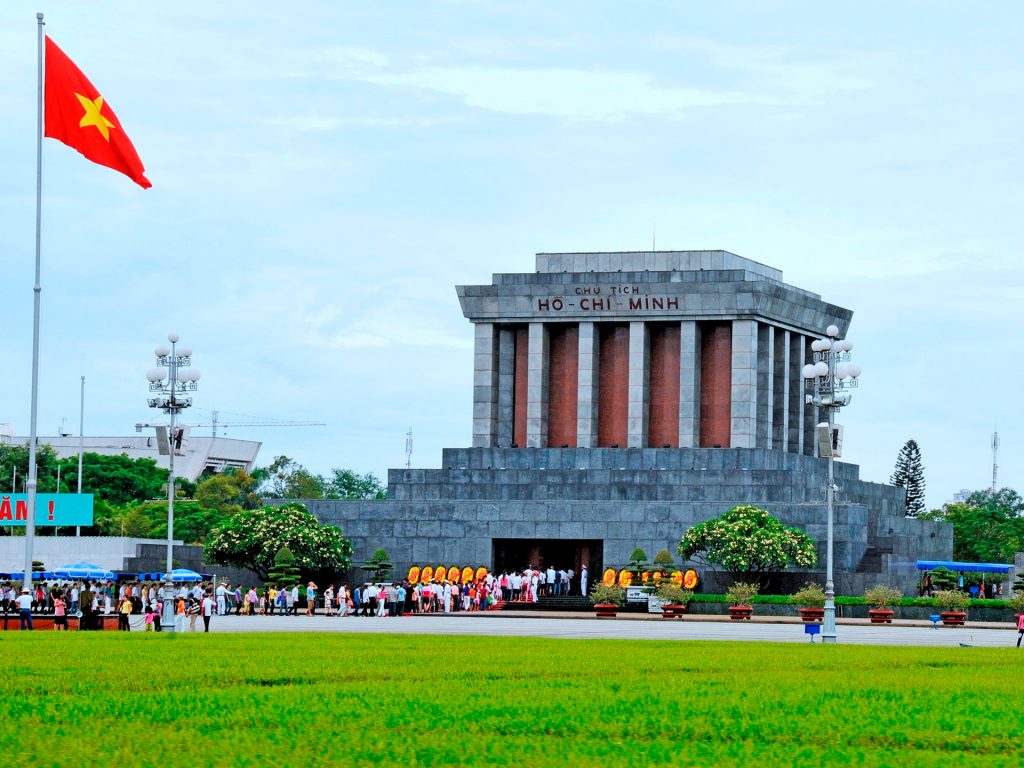
2. The One Pillar Pagoda (Vietnamese: Chùa Một Cột)
The One Pillar Pagoda formally belongs to an architecture complex called Diên Hựu tự which means ‘pagoda of extended blessings’. The pagoda is a historic Buddhist temple in the central Ba Đình district (near the Thăng Long Citadel), Hanoi, the capital of Vietnam. The most famous part of this architecture complex is Liên Hoa Đài means ‘the lotus pedestal’ which is a temple with special structure: a building laid on one pillar. This Buddhist wooden pagoda was built in the middle of a lotus pond on a single stone pillar by the Emperor Ly Thai To in 1049. Archives suggest it was built in honor of the Goddess of Mercy, who answered the Emperor’s prayers for a male heir. The structure is designed to resemble a lotus flower blossoming from muddy waters, a symbol of purity in Buddhist philosophy.
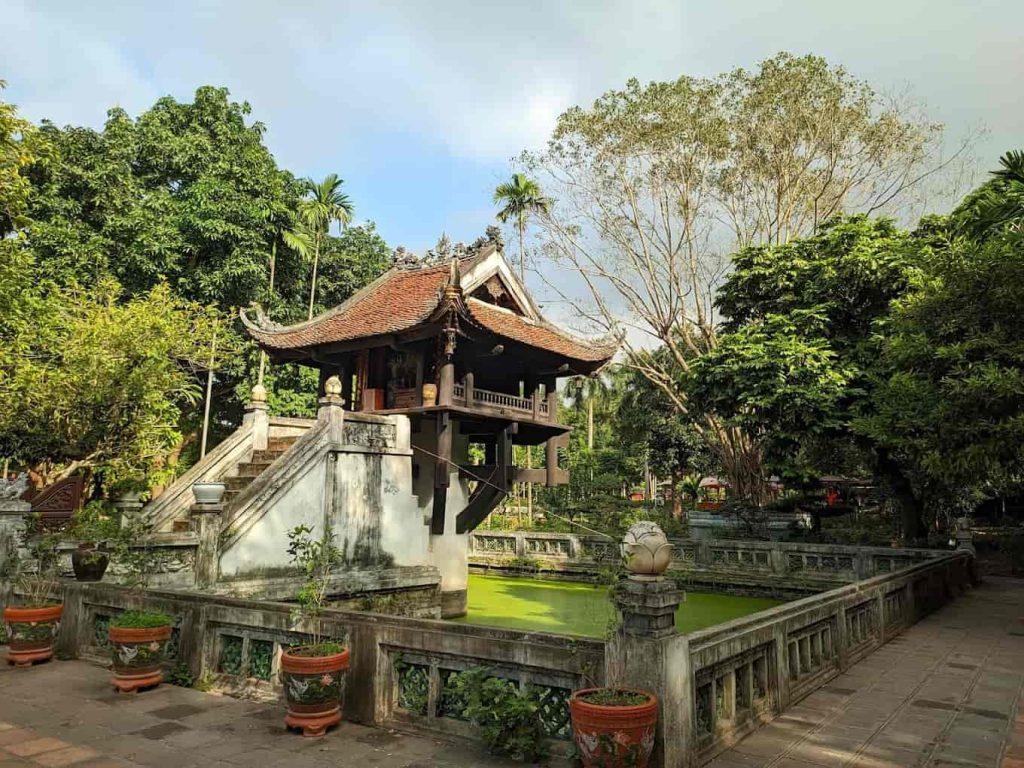
3. Hanoi Old Quarter: the place that holds the capital’s soul
Hanoi is historic Old Quarter is a single square kilometre comprised of 36 streets. Since the 15th century, each street has been home to artisans and craftsmen who traded in the specific merchandise for which their street was named. Today, the charm of these streets still remains. Prepare to marvel as you wander from silver street to bamboo street, silk street to decoration street, all within a stone’s throw of each other.
Hanoi Old Quarter has gained its renown thanks to its numerous attractions, rich cuisine, vibrant nightlife and unique handicrafts. The old quarter in Hanoi is now an attractive tourist destination that visitors cannot ignore.
4. Hanoi Opera House is an architectural masterpiece of the city
The Hanoi Opera House or the Grand Opera House is situated at the Square of August Revolution, Trang Tien Street, Hoan Kiem District. The square in front of the opera house was built in the late 19th century. It was named after the August Revolution to mark the historical milestone in 1945. The building is proof of the exchange between Vietnamese and western cultures and arts. There are other famed architectural works in the vicinity, such as the National Museum of Vietnamese History, Hilton Hanoi Opera, and Sofitel Legend Metropole Hanoi. Today the venue attracts renowned performers, productions and musicians. It has been the venue for many important cultural shows and also a popular attraction for visitors.
Hanoi Opera House is one of three opera houses that the French built during their time in Indochina, the others are Haiphong Opera House and Municipal Theatre in Ho Chi Minh city.
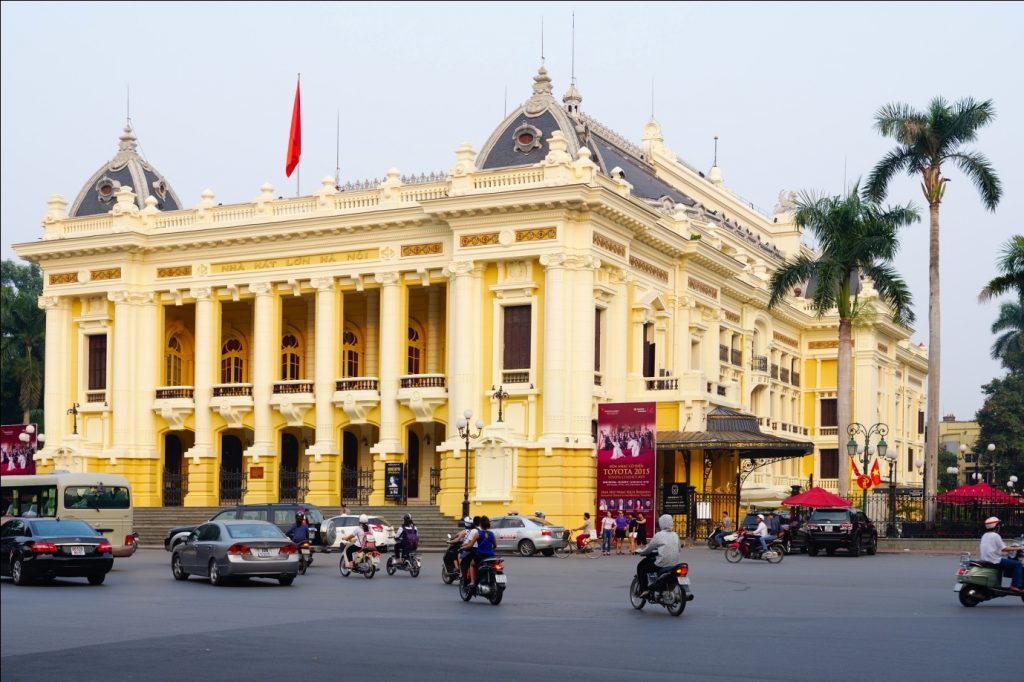
5. The Vietnamese Women’s Museum
The Vietnamese Women’s Museum (Vietnamese: Bảo tàng Phụ nữ Việt Nam), established and operated by the Vietnam Women’s Union, officially opened its doors to public in 1995. The four-storey building is in Hanoi, Ly Thuong Kiet Street, situated along the central Hoan Kiem Lake and old quarter.
It underwent renovation between 2006 and 2010. It functions as a gender museum and research centre that provides knowledge on the historical and cultural heritage of Vietnamese women among the nation’s 54 ethnic communities. Housing a series of excellent exhibitions presenting artefacts, costumes, crafts, memoirs, and photographs from the past 100 years, the museum reveals the pivotal role of Vietnamese women in their country’s history and society.
6. Temple of Literature (Vietnamese: Văn Miếu)
Temple of Literature is a temple dedicated to Confucius in Hanoi, northern Vietnam. The temple was built in 1070 at the time of Emperor Lý Thánh Tông, and it hosted the Imperial Academy (Quốc Tử Giám), Vietnam’s first national university, from 1076 to 1779.
The site is one of the oldest in Hanoi and a national symbol of Vietnamese education and architecture. Today, the temple houses five court yards, records of Vietnamese scholars, and statues of turtles which are said to bring students good luck in their exams.
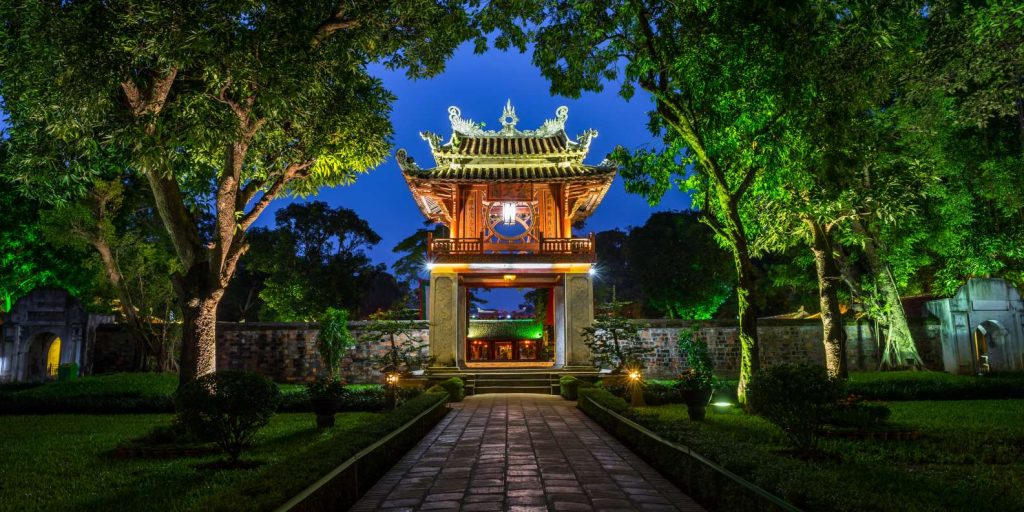
7. Saint Joseph’s Cathedral
St. Joseph’s Cathedral (Vietnamese: Nhà thờ Lớn Hà Nội) is a Catholic church. The cathedral is situated west of Hoàn Kiếm Lake, in a small square within the Old Quarter. It is a late 19th-century Gothic Revival (Neo-Gothic style) church that serves as the cathedral of the Roman Catholic Archdiocese of Hanoi. The cathedral is named after Joseph, the patron saint of Vietnam.
Construction began in 1884, with an architectural style resembling the Notre Dame de Paris. The church was one of the first structures built by the colonial government of French Indochina when it opened in December 1886. It is the oldest church in Hanoi. When visiting, expect to see a multicultural crowd of worshippers and plenty of Vietnamese newlyweds having romantic photo shoots.
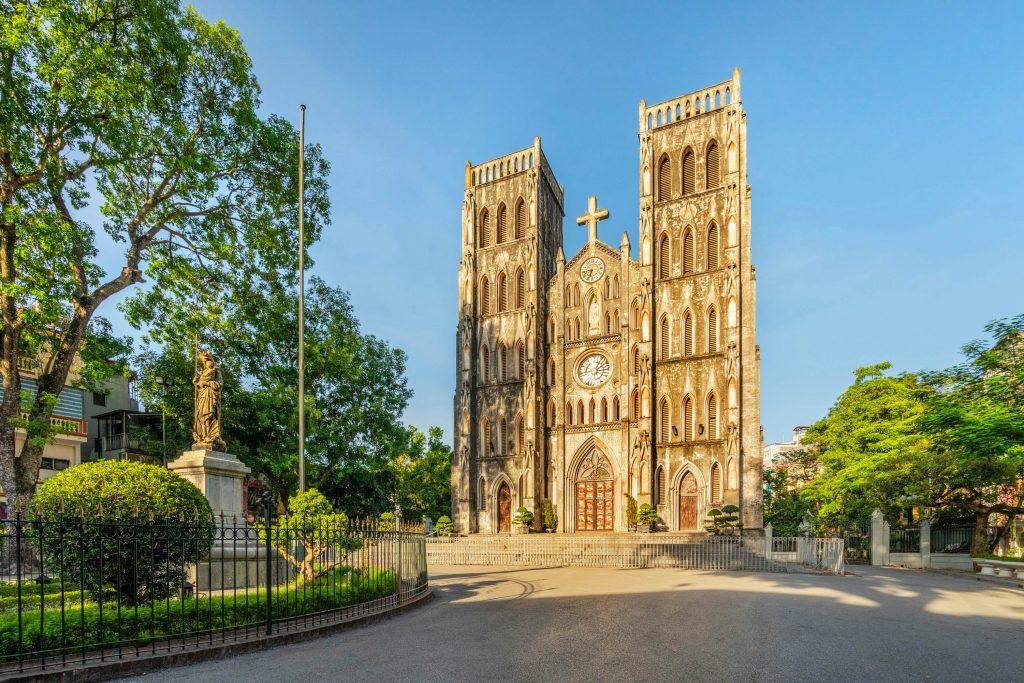
8. Ngoc Son Temple
The Ngọc Sơn Temple or The Temple of the Jade Mountain (Vietnamese: Đền Ngọc Sơn) is located on a small tree-sheltered island on the north side of Hoan Kiem Lake. The temple was built in early 19th century, originally dedicated to “Three Sages” Wenchang Dijun, Guan Yu and Lü Dongbin.
Connected by a stunning scarlet bridge, this classic Vietnamese structure was built in honour of the intellectual scholar Saint Van Xuong, and national hero General Tran Hung Dao. In 1884, the Confucian scholar made a series of renovations to the site, including adding parallel sentences (câu đối) or word puzzles to the walls.
From the shore, Thê Húc Bridge (Cầu Thê Húc) leads to the islet. Buildings of the temple include the Tháp Bút (“tower of pen”), the Đài Nghiên (ink-slab), the Đắc Nguyệt (“moon contemplation pavilion”) and the Đình Trấn Ba (pavilion against waves), all of which have symbolic meaning.
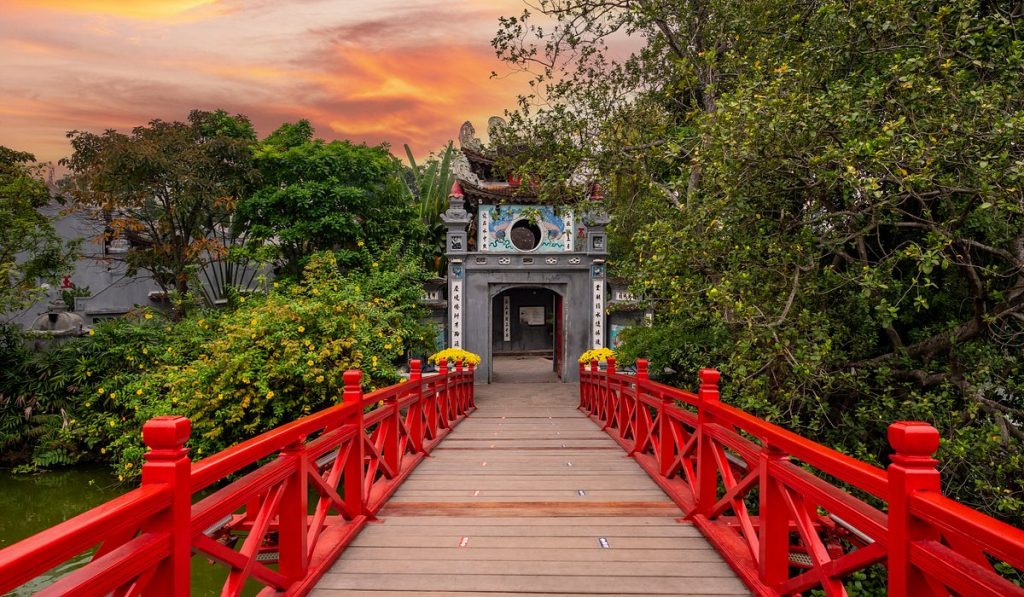
9. Hoan Kiem Lake
Hoan Kiem Lake or Ho Guom Hanoi is a natural freshwater lake in the heart of Hanoi. Previously, the lake was also known as Luc Thuy Lake (rough translation: Emerald Lake) because of its year-round green water or Thuy Quan Lake (rough translation: Naval Lake) because it was used in naval drills. Around the 15th century, it was renamed Hoan Kiem Lake (Sword Lake) because it was associated with the legend of King Le Thai To (1385 – 1433) returning the magical sword to the turtle deity.
Legend says Emperor Ly Thai To was gifted a magical sword by a giant golden turtle who lived in the lake in order to defeat the Ming dynasty. Once victorious, Ly Thai To gave the sword back to the turtle who dove down to return the sword to the gods. Going to Hoan Kiem Lake is admired for its beauty as well as insight into the daily life of Hanoians. Watch locals practicing their daily exercise and Tai Chi routines in the gardens by the water’s edge.
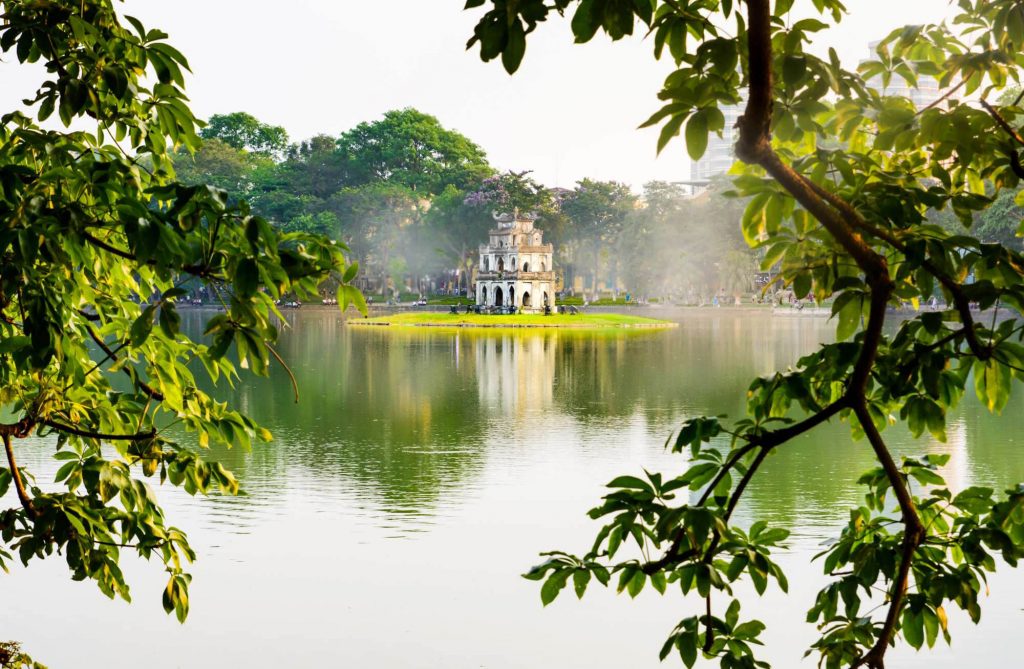
10. The Water Puppetry : (Vietnamese: Múa rối nước)
Water puppetry is a Vietnamese tradition that dates back as far as the 11th century, when it originated in the villages of the Red River Delta, in the north of the country. Vietnamese water puppetry is a variation on the ancient Asian puppet tradition.
The puppets are made out of wood and then lacquered. The shows are performed in a waist-deep pool. A large bamboo rod supports the puppet under the water and is used by the puppeteers, who are normally hidden behind a screen, to control them. Thus the puppets appear to be moving over the water. When rice fields would flood, the villagers would entertain each other using this form of puppet play.
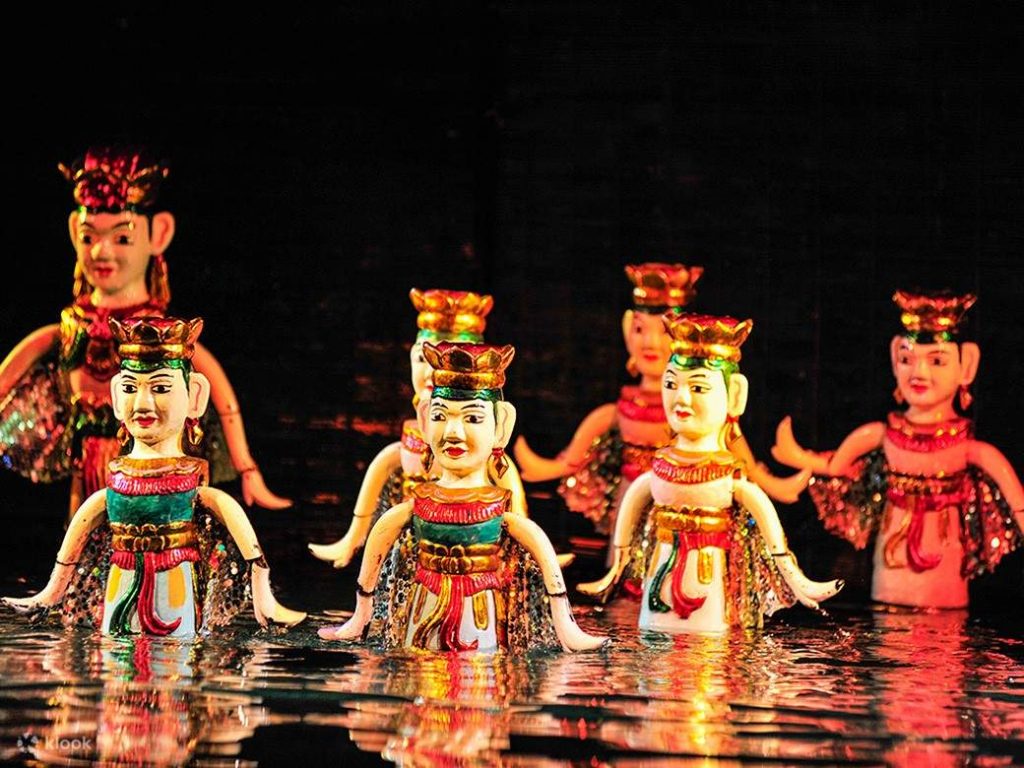
11. The Museum of Ethnology (Vietnamese: Bảo tàng Dân tộc học Việt Nam)
Vietnam Museum of Ethnology is a museum in Hanoi, Vietnam, which focuses on the 54 officially recognised ethnic groups in Vietnam. Designed by ethnic Tay architect Ha Duc Linh and French architect Veronique Dolfus, the museum hosts three main exhibition areas. It is located on a 43,799-square-metre (10.823-acre) property in the Cầu Giấy District, about 8 km from the city center. The museum is a member of the Vietnam Academy of Social Sciences – an academic institution of the Vietnamese Government.
A second exhibition building was open in 2013 and has a focus on Southeast Asian cultures and peoples. Exhibitions display cultural costumes, handicrafts, videos and artefacts; while the outdoor space showcases impressive life-size replicas of ethnic architecture.
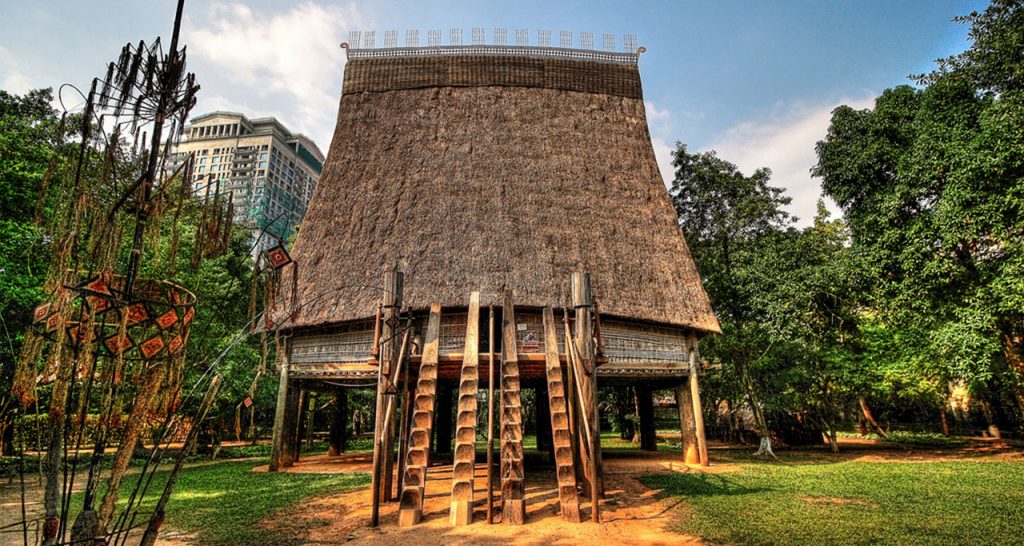
12. Hoa Loa Prison (Vietnamese: Nhà tù Hỏa Lò
Hỏa Lò Prison was a prison in Hanoi originally used by the French colonists in Indochina for political prisoners, and later by North Vietnam for U.S. prisoners of war during the Vietnam War. During this later period, it was known to American POWs as the “Hanoi Hilton”. Following Operation Homecoming, the prison was used to incarcerate Vietnamese dissidents and other political prisoners. The prison was demolished during the 1990s, although its gatehouse remains a museum.
Hoa Lo Prison, one of the most brutal prisons with extremely cruel punishment, is a historical place that has witnessed the strong determination of Vietnamese revolutionaries and their sacrifice for the country. Visiting to this historical relic, you will have an opportunity to gain a greater insight into the life of Vietnamese revolutionaries during the First Indochina War.
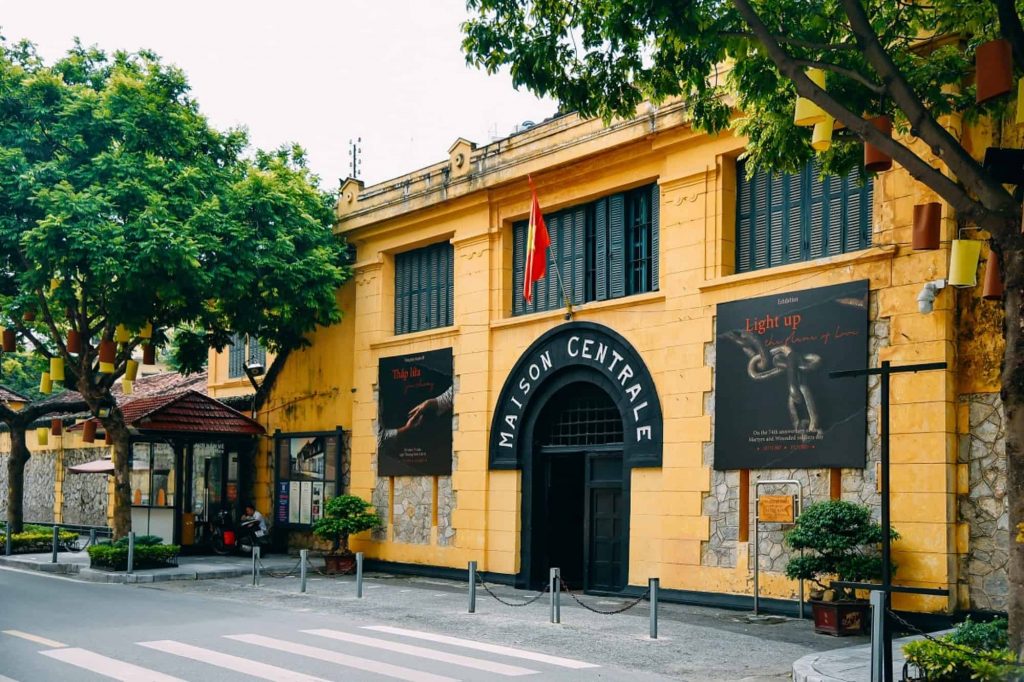
13. Egg Coffee (Vietnamese: Cà phê trứng)
An egg coffee is a Vietnamese drink which is traditionally prepared with egg yolks, sugar, condensed milk and robusta coffee. The drink is made by beating egg yolks with sugar and coffee, then extracting the coffee into the half of the cup,followed by a similar amount of egg cream, which is prepared by heating and beating the yolks
Egg coffee is served in numerous cafes in Vietnam in general and Hanoi in particular. It has been a staple of any cafe’s menu since the 1950s. Mr. Giang, the inventor of egg coffee, developed the recipe for this unique drink back when milk was still scarce in Vietnam. He replaced the dairy product with egg yolks, which together make a curious yet harmonious combination that will take many foreign tourists by surprise. Vietnamese coffee!
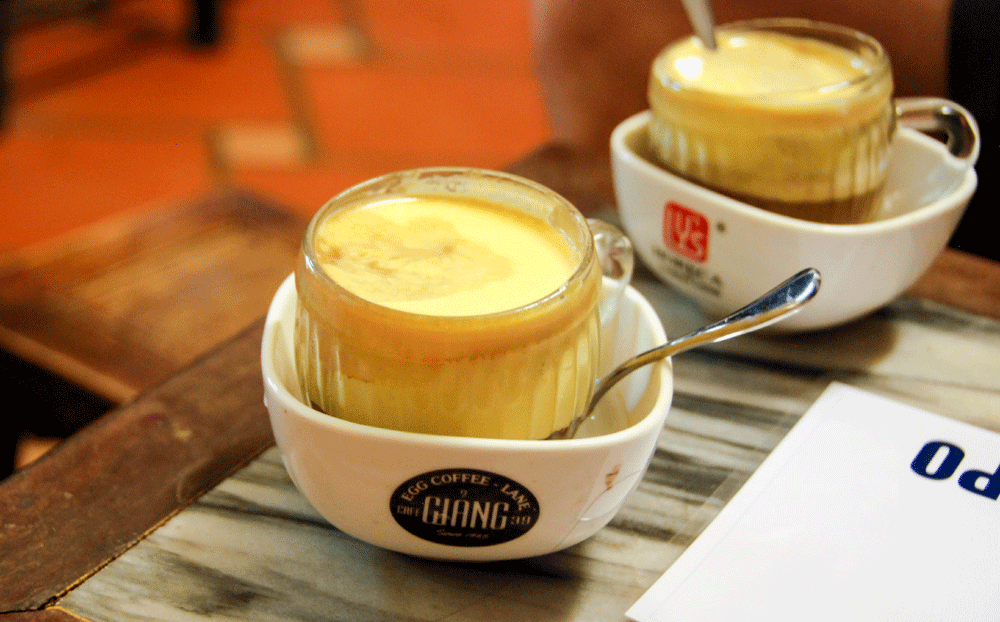
14. Hanoi Train’s street
The North – South railway of Vietnam was built during the French colonial era. Then then the people working in the railway industry began building houses by the trail corridor area. Straight from Long Bien station to the end of Le Duan street. There are many generations have lived in this place since 30 years. There are many children born and grown up with the south of the trains that going through the street every day.
Hanoi train street is the most renowned tourist destinations in the city. It is a tiny, winding street tucked away in one of Hanoi’s back streets, surrounded by tightly clustered, tall, narrow houses. The train travels by the backyards of these families a couple times each day. Many tourists love coming to Hanoi train street to enjoy coffee while waiting for train to arrive on railway road.
During your visit to Hanoi, spend time to visit unique attraction Hanoi train street where you can watch a train speeding by along a cramped thoroughfare. A set of colonial-era train tracks running through Hanoi’s Old Quarter has become a must-visit spot for tourists.
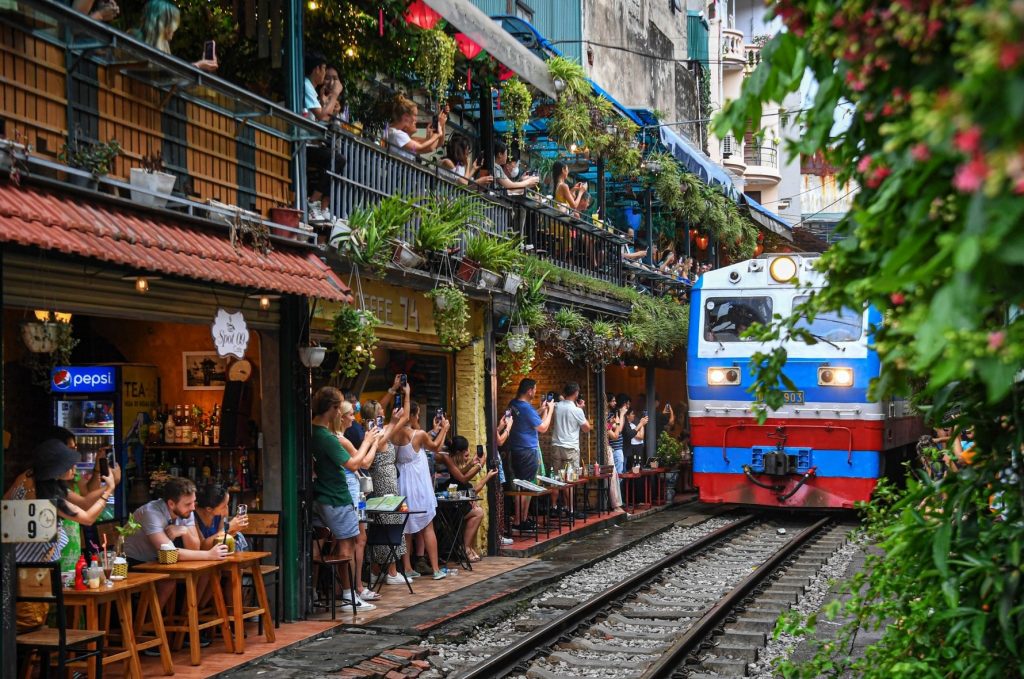
15. Hanoi street food
Vietnamese is becoming one of the all-time favourites of worldwide food lovers. No need for fancy dresses with the requirement of standard etiquette at luxury restaurants, everything to eat in Ha Noi has been shown on the street, in every corner of the city, with the friendly and warm smile of the people. A Hanoi street food tour offers a delightful exploration of Vietnam’s capital city, renowned for its vibrant culture, historical significance, and, above all, its delectable street cuisine.
Hanoi’s street food, representing the unique sidewalk culture, adds to the charm of the capital city. Your Hanoi travel journey would be incomplete without tasting its irresistible street food. With diverse dishes, unique flavors, and healthy ingredients, Hanoi cuisine will definitely take every tourist by surprise.
